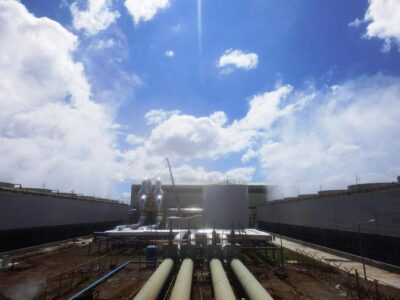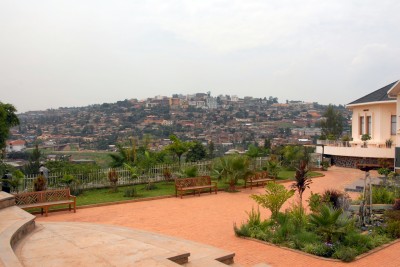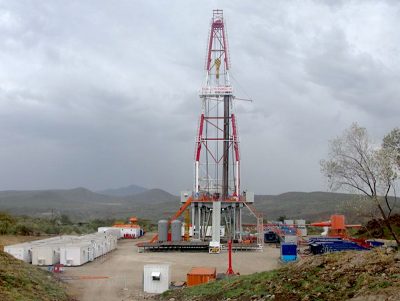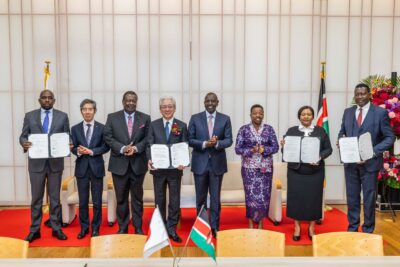With surplus in power generation, Kenya is now exporting power to Uganda
With an increase in power generation through newly added geothermal power generation capacity at Olkaria, Kenya is now exporting power to Uganda.
Following the increasing electricity production from geothermal plants at Olkaria, Kenya will now start to export power to Uganda, so Business Daily from Kenya.
This is a deal under the Northern Corridor Infrastructure Power pool, in which the three heads of state of Kenya, Rwanda and Uganda agreed that the country can start off with 30MW.
Transmission will happen through a new high voltage power line that links Kenya and Rwanda. It will run from Olkaria through Uganda to Birembo in Rwanda and will have a capacity of 400 kv.
Kenya is currently self-sufficient in power generation after more than 280 MW was added to the grid last year from various geothermal projects in the Rift Valley.
Under the East African Power Pool project, countries are expected to export surplus electricity, whenever available, to neighbouring states in need, given the fact that power production in the region is normally unstable due to its dependence on hydroelectric power generation, whose performance has in the recent past been affected by climate change.
At the recent Northern Corridor Heads of State Summit, Presidents Uhuru Kenyatta, Paul Kagame and Yoweri Museveni directed the ministers to closely monitor the implementation of this project and ensure that no further delays are experienced.
“Partner states to ensure close monitoring of their respective 220 kV project components for power trade to commence in April 2016,” directed the presidents.
The regional power pool will allow power transmission capacity of over 500MW in the three partner states and ensure reliable supply in the region.
The five EAC countries have since 2003 been interconnecting their power lines to improve supply, stabilise access and foster trading in electricity across national borders.
This means that the five countries will have their power lines connected to the larger power pool, whose headquarters will be in Addis Ababa. Four other countries — Egypt, Ethiopia, Democratic Republic of Congo and Sudan — are members of the wider pool.
Last year, Kenya cut electricity imports from Uganda by more than half following the injection of additional geothermal power into the national grid.
Data from the Energy Regulatory Commission indicates that Kenya imported 27.97 million kilowatt-hours from neighbouring countries including Ethiopia in the first half of the year, down from 57.91 million kWh in the same period last year, a 51.7 per cent drop.
Uganda has been exporting electricity to Kenya under an agreement established during colonial times but renegotiated at Uganda’s insistence in 1997.”


















